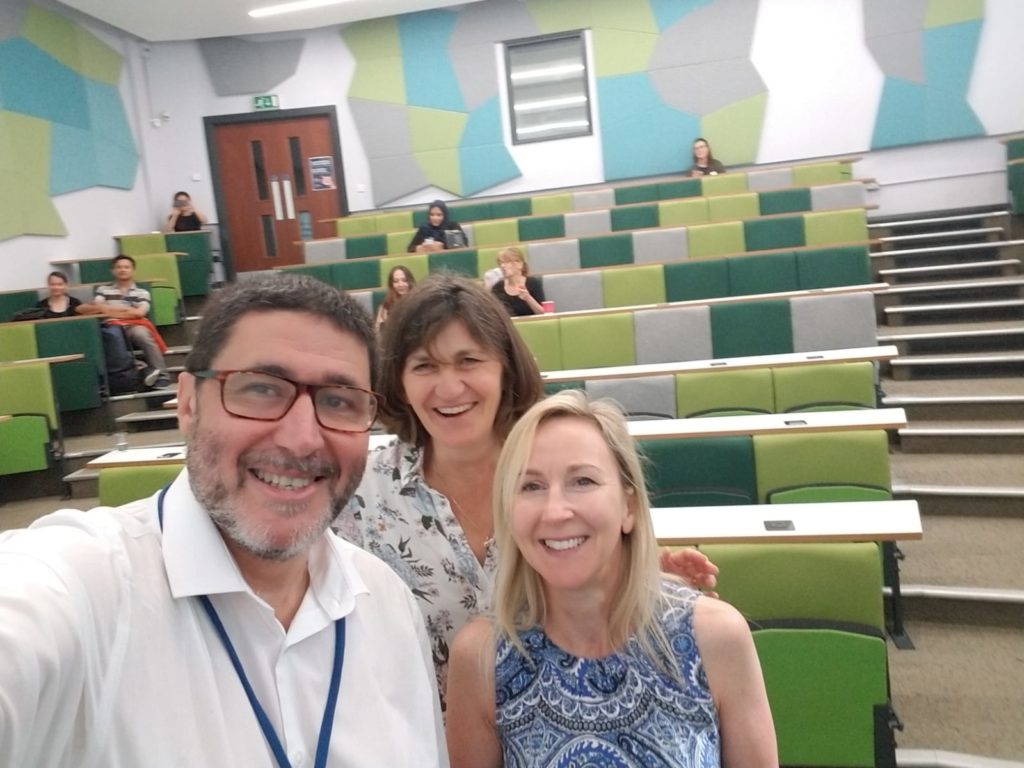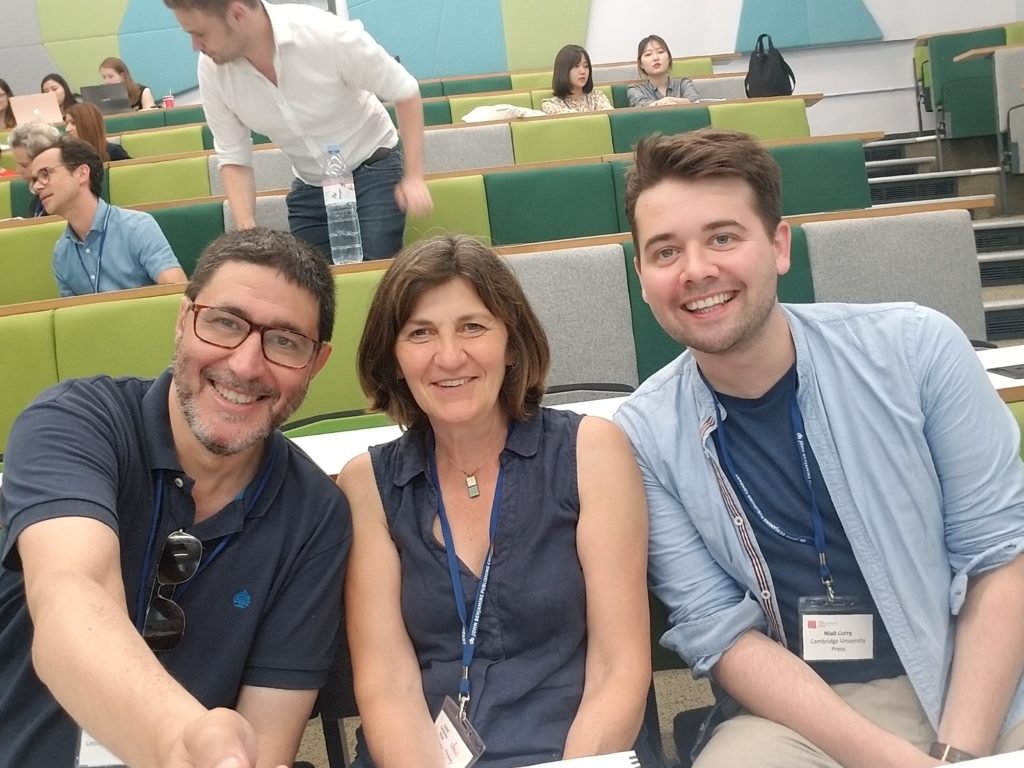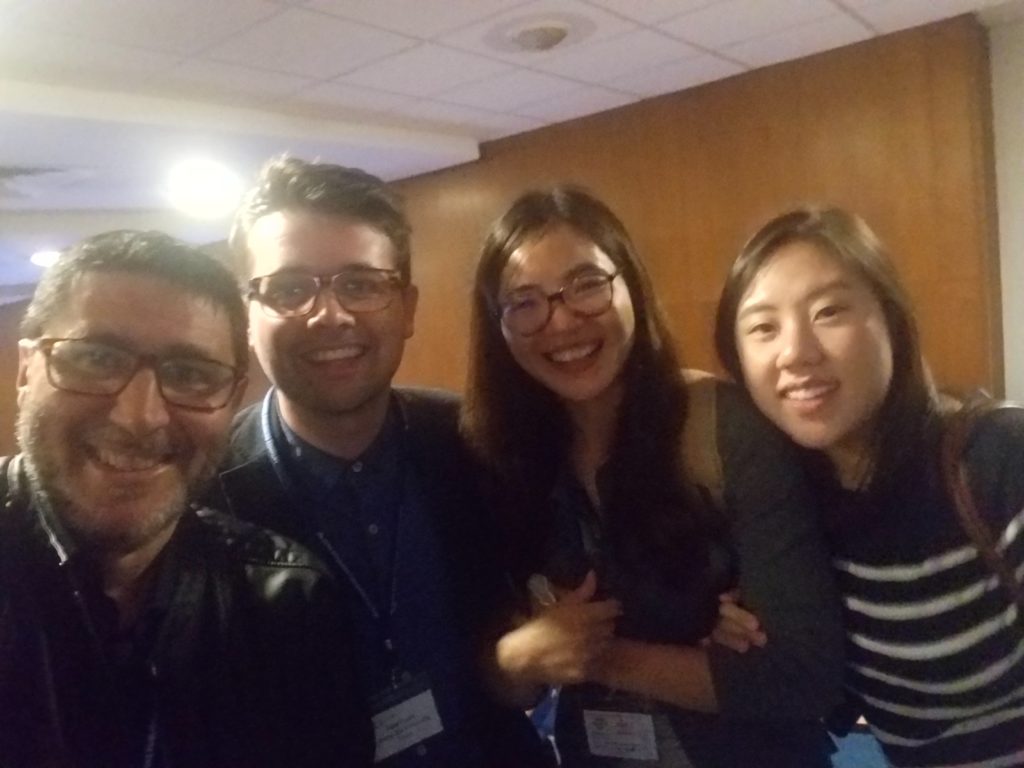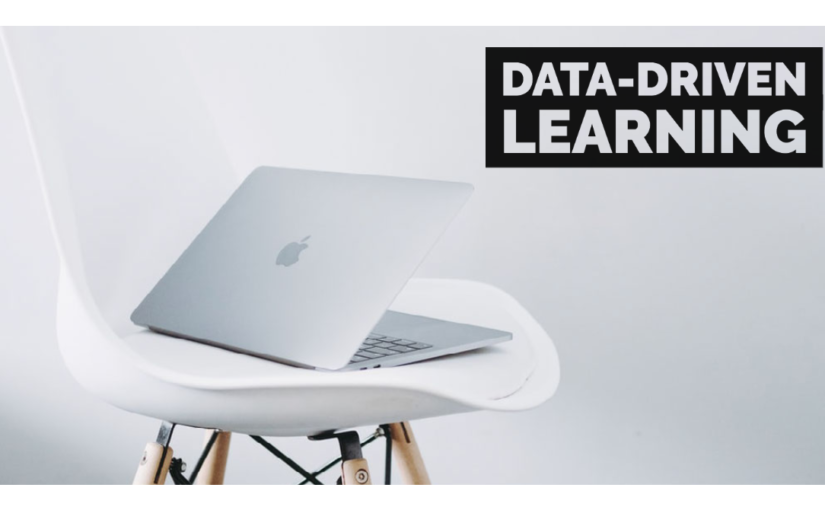Abad Castelló, Magdalena (2019). Uso de corpus lingüísticos por y para profesores de español como lengua extranjera. redELE Revista electrónica de didáctica del español lengua extranjera, 31. (URL)
Category: corpus linguistics
Aprendizaje de lenguas mediante dispositivos móviles: alcance, praxis y teoría
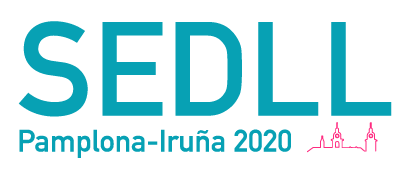
Conferencia plenaria, 25 de noviembre 2020,; XXI Congreso SEDLL Multimodalidad y nuevos entornos de aprendizaje en la enseñanza de las lenguas y las literaturas.
3 case studies
Pérez-Paredes, P., Ordoñana Guillamón, C., Van de Vyver, J., Meurice, A., Aguado Jiménez, P., Conole, G., & Sánchez Hernández, P. (2019). Mobile data-driven language learning: Affordances and learners’ perception. System, 84, 145–159.
Zhang, D., & Pérez-Paredes, P. (2019). Chinese postgraduate EFL learners’ self-directed use of mobile English learning resources. Computer Assisted Language Learning.
Zhang, D. & Pérez-Paredes, P. (2020). Exploring Chinese EFL teachers’ perceptions of Augmented Reality (AR) in English language learning. In Miller, L. & Wu, G. (eds) Language Learning with Technology: theories, principles and practices. Springer.
Keynote abstract
Mobile assisted language learning (MALL) has become one the most popular keywords in computer assisted language learning (CALL) research over the last twenty years. While MALL enthusiasts have glossed its many affordances, the use of MALL in instructed classroom settings presents challenges of their own (Kukulska-Hulme & Shield, 2008; Conole & Pérez-Paredes, 2017; Pérez-Paredes, Ordoñana Guillamón, & Aguado Jiménez, 2018) that, I argue, have not been successfully defined in CALL research and classroom settings.
Traxler (2009) has noted that mobile learning is uniquely placed to support learning that is personalized, authentic, and situated. However, some relevant studies have thrown cold water on these expectations (Golonka, E. et al., 2014; Grgurović, Chapelle & Shelley, 2013). In this plenary, I will discuss different conceptualizations of MALL that emphasize areas of language learning that are anchored on different theories of language learning. I will use three case studies that have used different research methodologies, namely survey and mixed methods, across different contexts, countries and types of learning. I will discuss the self-directed uses of MALL (Zhang & Pérez-Paredes, 2019), the design and use of apps to promote the acquisition of frequency-related declarative knowledge (Pérez-Paredes et al., 2019) and the impact of new technologies such as Augmented Reality (AR) on language classrooms (Zhang & Pérez-Paredes, 2020). Ultimately, I will discuss a conceptual framework that situates MALL more critically in the context of existing and future practices of instructed (Foster, 2019; Kaminski, 2019) and self-directed (Trinder, 2017) language learning. Keywords: MALL, language learning, self-directed language learning, second language learning theory
References
Conole, G. & Pérez-Paredes, P. (2017). Adult language learning in informal settings and the role of mobile learning. Mobile and ubiquitous learning. An international handbook. New York: Springer, pp.45-58.
Foster, I. (2019) The future of language learning. Language, Culture and Curriculum, 32,3, 261-269,
Golonka, E. et al. (2014). Technologies for foreign language learning: a review of technology types and their effectiveness”. Computer Assisted Language Learning, 27.1, 70-105.
Grgurović, M. Chapelle, C. & Shelley, M. (2013). A meta-analysis of effectiveness studies on computer technology-supported language learning. ReCALL, 25, pp 165-198.
Kaminski, A. (2019). Young learners’ engagement with multimodal texts. ELT Journal, 73(2), 175–185.
Kukulska-Hulme, A. & Shield, L. (2008). An overview of mobile assisted language learning: From content delivery to supported collaboration and interaction. ReCALL, 20, pp 271-289.
Pérez-Paredes, P., Ordoñana Guillamón, C., & Aguado Jiménez, P. (2018). Language teachers’ perceptions on the use of OER language processing technologies in MALL. Computer Assisted Language Learning, 31(5-6), 522-545.
Pérez-Paredes, P., Ordoñana Guillamón, C., Van de Vyver, J., Meurice, A., Aguado Jiménez, P., Conole, G., & Sánchez Hernández, P. (2019). Mobile data-driven language learning: Affordances and learners’ perception. System, 84, 145–159.
Zhang, D., & Pérez-Paredes, P. (2019). Chinese postgraduate EFL learners’ self-directed use of mobile English learning resources. Computer Assisted Language Learning.
Zhang, D. & Pérez-Paredes, P. (2020). Exploring Chinese EFL teachers’ perceptions of Augmented Reality (AR) in English language learning. In Miller, L. & Wu, G. (eds) Language Learning with Technology: theories, principles and practices. Springer.
TELL-OP products and reports available here.
Traxler, J. (2009). Current state of mobile learning. In Ally, M. (ed.) Mobile learning: Transforming the delivery of education and training. Athabasca University Press, 9-24.
Traxler, J. (2018). Learning with Mobiles in the Digital Age. Pedagogika, Special Monothematic Issue: Education Futures for the Digital Age: Theory and Practice
Traxler, J.; Timothy, R.; Kukulska-Hulme, A. & Barcena, E. (2019). Paradoxical paradigm proposals – Learning languages in mobile societies. Argentinian Journal of Applied Linguistics (AJAL), 7(2) pp. 89–109.
Trinder, R. (2017). Informal and deliberate learning with new technologies. ELT Journal, 71(4), 401–412.
Wegerif, R. (2007). Dialogic education and technology: Expanding the space of learning (Vol. 7). Springer Science & Business Media.
Corpus Data Scraping & Sentiment Analysis
My notes from the November 7th webinar led by Adriana Picoral
This is the github resource
R studio
I´m using R version 4.0.2 (2020-06-22)
Platform: x86_64-apple-darwin17.0 (64-bit)
MacOS High Sierra 10.13.6
We´re using these packages:
install.packages("tidytext")
install.packages("tidyverse")
install.packages("rvest")Some reflections at the crossroads of corpus linguistics research and L2 learning

Programa de Doctorado Interuniversitario en Estudios Ingleses Avanzados: Lingüística, Literatura y Cultura (IDAES) – IDAES Graduate Day
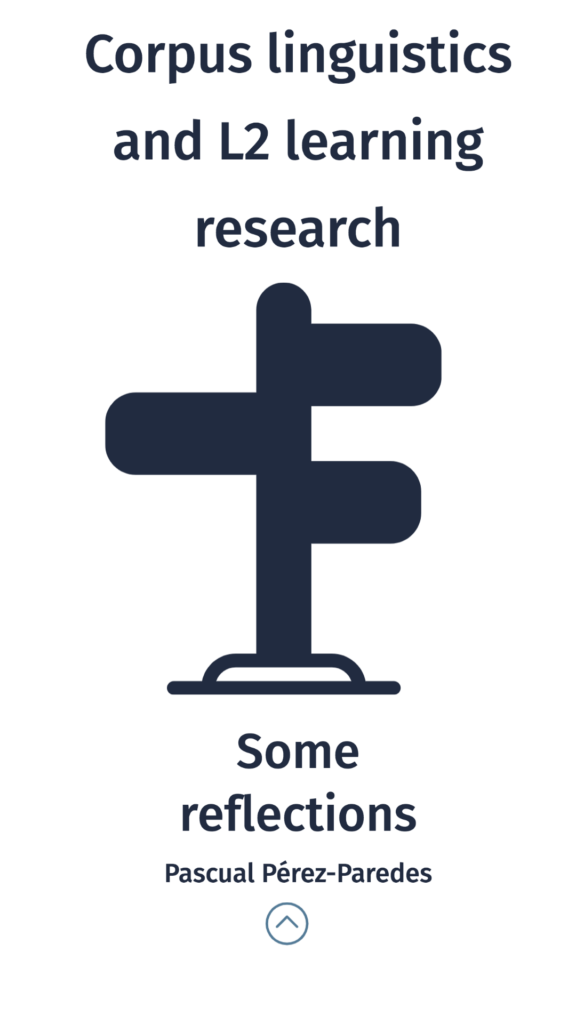
References
Cohen, L., Manion, L., & Morrison, K. (2018). Research methods in education. Routledge.
Dornyei, Z. (2007). Research Methods in Applied Linguistics. OUP.
Hunston, S. (2019). Patterns, constructions, and applied linguistics. International Journal of Corpus Linguistics, 24(3), 324-353.
Loewen, S., & Plonsky, L. (2015). An A–Z of applied linguistics research methods. Macmillan.
Lukenchuk, A. (Ed.) (2013). Paradigms of research for the 21st century: Perspectives and examples from practice. New York, NY: Peter Lang Publishing.
McEnery, T., Brezina, V., Gablasova, D., & Banerjee, J. (2019). Corpus linguistics, learner corpora, and SLA: Employing technology to analyze language use. Annual Review of Applied Linguistics, 39, 74-92.
Mitchell, R., Myles, F. & Marsden, E. (2013). Second Language Learning Theories. 3rd ed. New York/London: Routledge.
Rose, H. & McKinley, J. (2017). The realities of doing research in applied linguistics. In McKinley, J & Rose, H. (eds.) Doing Research in Applied Linguistics. Routledge.
Stefanowitsch, A. (2020). Corpus linguistics. Language Science Press. Online edition.
Tyler, A. E., Ortega, L., Uno, M., & Park, H. I. (Eds.). (2018). Usage-inspired L2 instruction: Researched pedagogy (Vol. 49). John Benjamins.
Incorporating corpora in teaching symposium, Mittuniversitetet, Sweden
Missing the old normal: some pics from Corpus Linguistics Conference Cardiff, 2019
